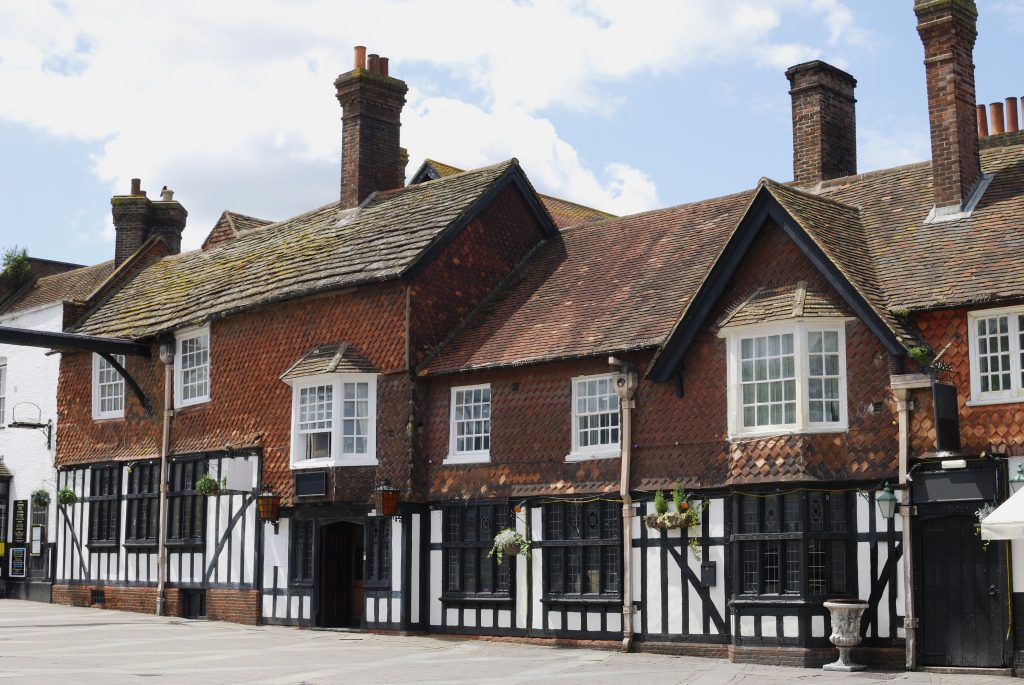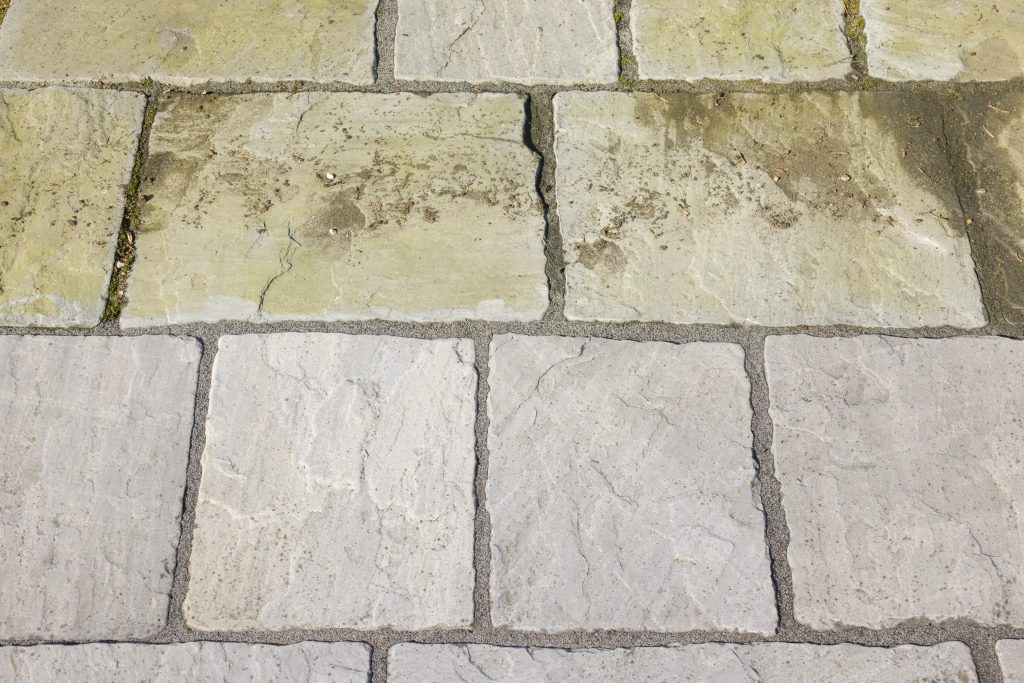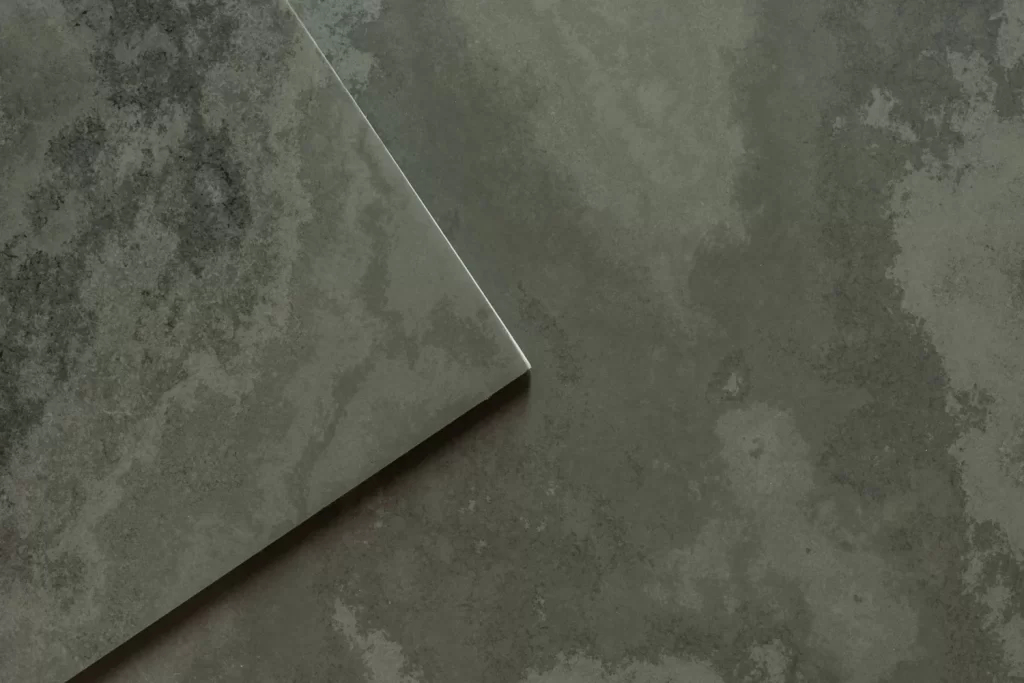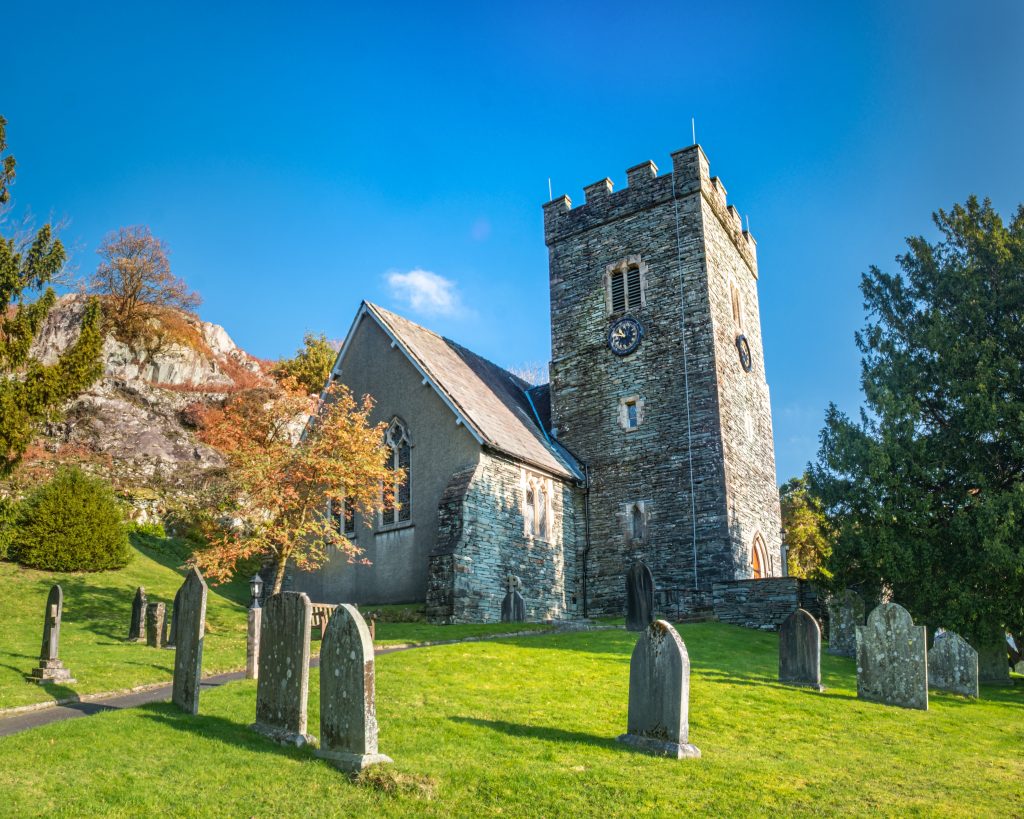When working on a building, one of the most important considerations to make is the preservation of its original aesthetic so that the historical essence of the building is not lost. The visual components of a building are sometimes what make it so different when compared to others, a quality that also makes it unique and special – and if the building is listed, then this is even more necessary since a major change can make it lose its status.

Harmonising Old and New
When carrying out new work, such as building extensions or modifications, it’s crucial to keep in mind that the old and the new should look the same as if the same architects and designers did them.

Take flooring, for example. When replacing the original flooring in a traditional building, it is of paramount importance for the new floor to reflect the colour, texture and finish of the old stone. Many traditional buildings in the UK may have used flooring from local sources when originally constructed, which may no longer be available or accessible today. Many native slate quarries are still operational today, e.g. Welsh or Cumbrian sources; however, you may find your project’s budget will become strained by the cost of these premium materials.
Cost-Effective Alternatives
But worry not! There are many cost-effective alternatives to these materials that are visually sympathetic and available in a range of finishes, making it even easier to match the original.

Our Ravendale® and Elterdale® flooring ranges are available in a tumbled finish, which would be excellently suited to flooring projects that aim to be authentic to the worn, aged appearance of old flagstones. The gently chipped and rounded edges resemble a floor which has tolerated decades of wear and tear. The Ravendale® and Elterdale® colours provide cost-effective alternatives to Welsh Dark Blue Grey and Cumbrian Green slates, respectively.
The Beauty of Slate
Slate’s natural beauty is not solely in its appearance. The stone exhibits a unique range of hues—from the deep, evocative Welsh Dark Blue Grey to the rich, earthy tones of Cumbrian Green—which are the result of its geological origins. The naturally occurring grain lines and textured surface, often enhanced by tumbled finishes, perfectly mirror the centuries of weathering seen in traditional structures.
Utilise digital colour-matching tools to ensure that new materials accurately replicate the hues of the original slate and factor in potential lead times from quarries or suppliers. Consulting with architects experienced in heritage restoration will further ensure that every detail—from flooring to roofing—resonates with the building’s historic essence.

In order to preserve the original aesthetic, architects and builders should first understand what the heart of the design is so as to be able to adapt to each building’s needs and maintain its integrity. Once established, a project that intends to preserve the aesthetic instead of a complete renovation should change as little as possible. Major structural modifications should be avoided, as they would completely alter the design.
This means that any changes, internal or external, should be minimal and necessary. If your flooring project does not entail the removal of the entire flooring surface in a given space but instead patchwork where flooring may be damaged, then it would be advised that like-for-like materials are sourced prior to the removal of any original flooring. This would also allow for planning around long availability lead times.
Design Integrity
It is also worth recognising that slate has been a cornerstone of UK architecture since medieval times. From the majestic facades of historic castles to the enduring roofs of venerable churches, slate not only preserves historical accuracy by mirroring original quarry sources but also embodies traditional craftsmanship through age-old splitting techniques.

Beyond flooring, slate’s versatility supports a range of restoration applications. Its inherent durability and weatherproof qualities make it ideal not only for roofing but also for external cladding, landscaping elements such as garden paths or patios, and even interior detailing like fireplaces and worktops. By utilising slate in these diverse applications, one can ensure that every facet of a building remains true to its historical narrative while benefiting from modern durability and sustainability.
Bespoke Solutions
It is clear that the only way to guarantee the preservation of a building’s aesthetic while conducting new work is through tailored solutions. It’s important to remember that there is generally not a one-size-fits-all remedy and that detailed research and design are the keys to success.
When considering cost, it is essential to note that while natural slate is a premium product, its longevity—often exceeding a 100-year lifespan—renders it a cost-effective choice in the long run. Moreover, slate boasts one of the lowest carbon footprints among roofing materials due to its minimal processing and 100% recyclability. For projects with tighter budgets, alternatives such as our Ravendale® and Elterdale® ranges offer a visually compatible and sustainable solution without compromising on historical integrity. If you require any advice or guidance with regard to a restoration project, please do not hesitate to contact our staff; their expertise will guide you through the process of your project. You can also find us on Facebook or LinkedIn, so head over and check out our projects in more detail.
